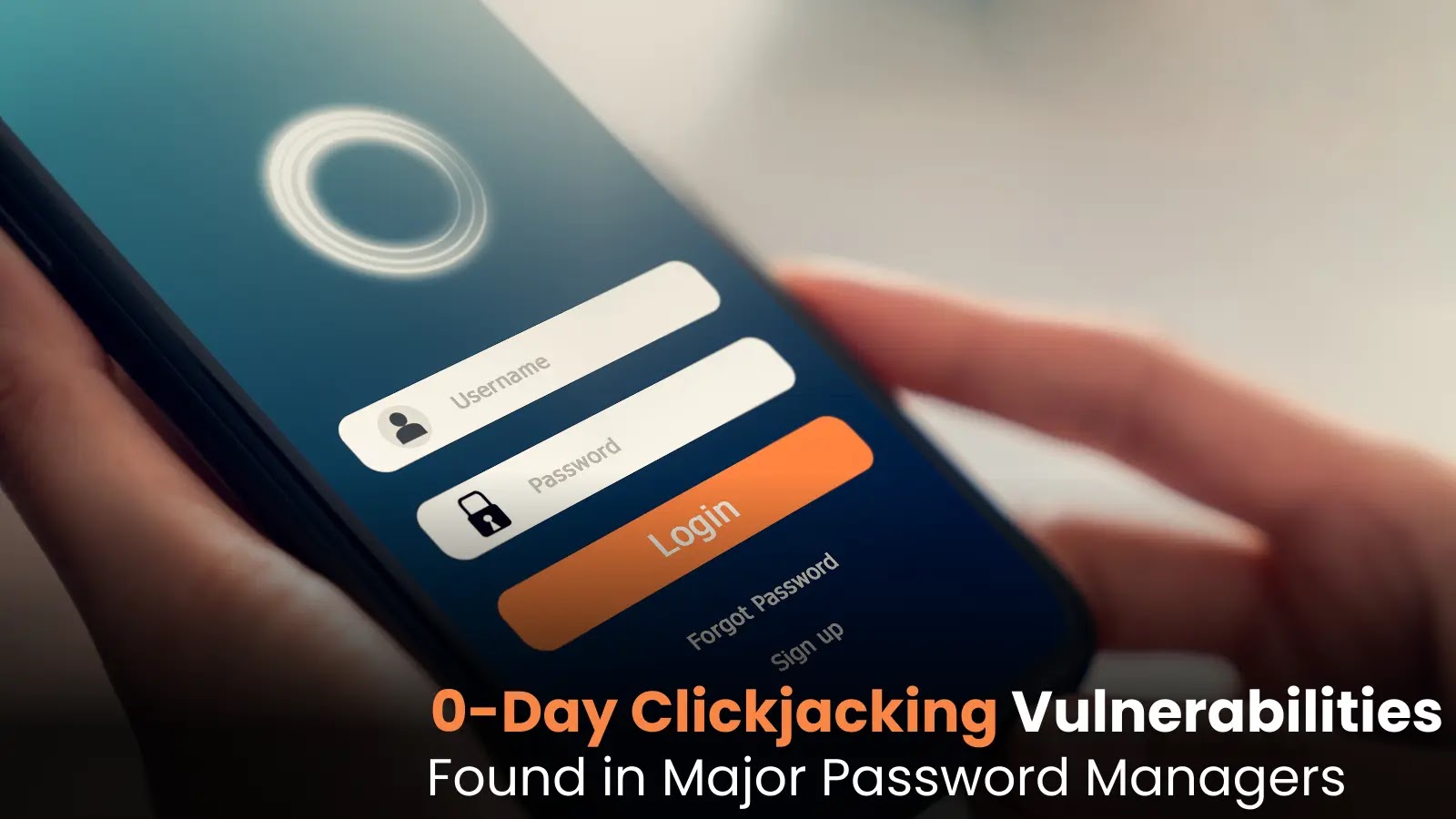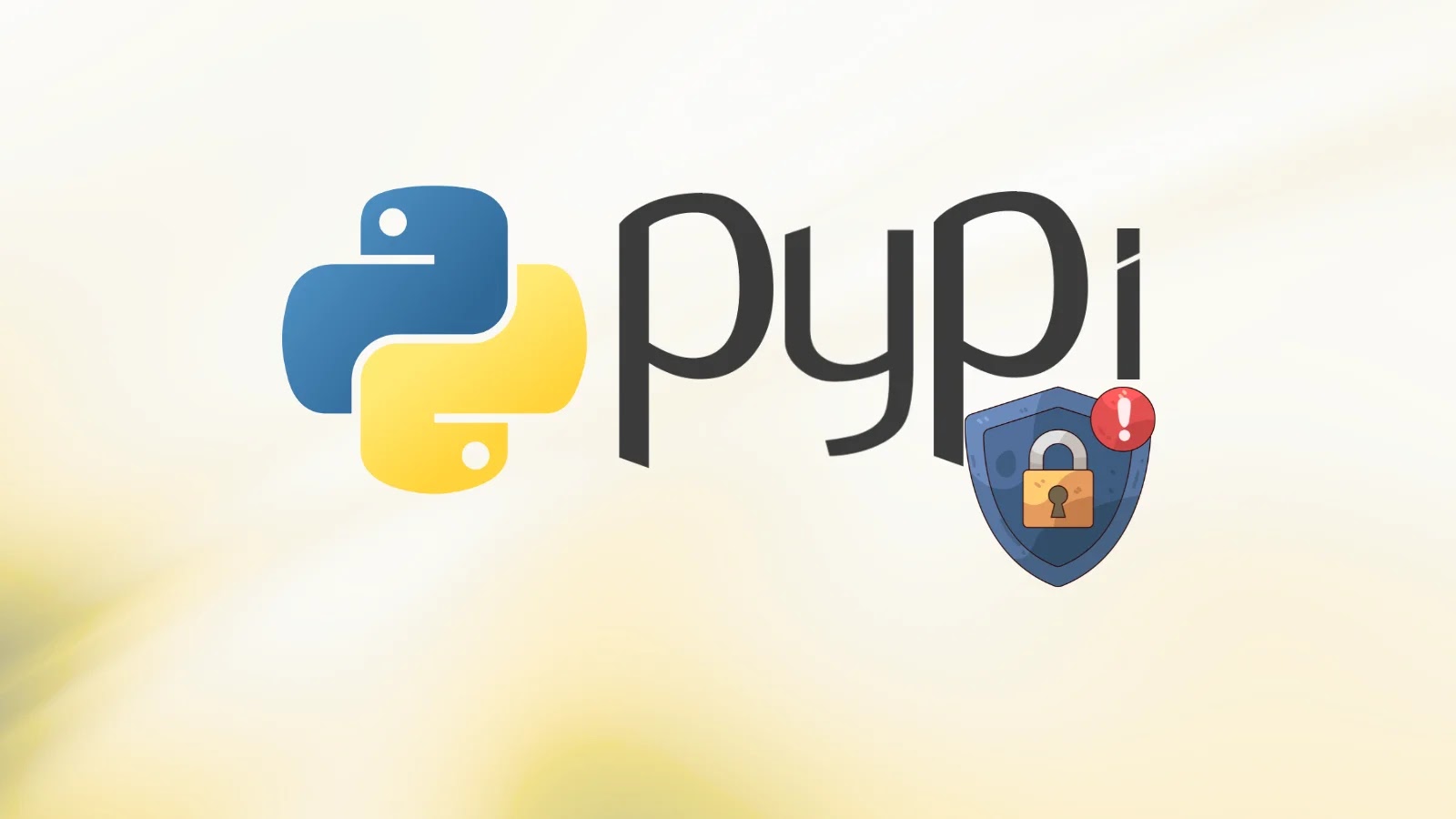In recent developments within the cybersecurity landscape, a concerning trend has emerged involving the use of an open-source tool known as Prince Ransomware. This Go-language-based ransomware builder, freely accessible on GitHub, has significantly lowered the technical barriers for launching sophisticated ransomware attacks. Its availability has enabled individuals with limited technical expertise to generate fully functional ransomware by merely modifying a configuration file to customize elements such as ransom notes and encrypted file extensions.
Understanding Prince Ransomware
Prince Ransomware is a builder that automates the creation of ransomware variants. By adjusting a simple configuration file, users can customize various aspects of the ransomware, including the ransom note’s content and the extension appended to encrypted files. This ease of customization allows for rapid deployment of new ransomware strains with minimal effort.
The default ransom note template provided by Prince Ransomware is straightforward:
“`
———- Prince Ransomware ———-
Your files have been encrypted using Prince Ransomware!
They can only be decrypted by paying us a ransom in cryptocurrency.
Encrypted files have the .prince extension.
IMPORTANT: DO not modify or rename encrypted files, as they may become unrecoverable.
Contact us at the following email address to discuss payment.
[email protected]
———- Prince Ransomware ————-
“`
This template can be easily modified to suit the attacker’s preferences, making it a versatile tool for cybercriminals.
Technical Sophistication
The encryption mechanism employed by Prince Ransomware demonstrates considerable sophistication. It utilizes a hybrid approach combining ChaCha20 and ECIES (Elliptic Curve Integrated Encryption Scheme) cryptography. For each file, the builder generates a unique ChaCha20 key and nonce, then encrypts using a pattern where one byte is encrypted followed by two bytes left unencrypted. The ChaCha20 key and nonce are encrypted using an ECIES public key and appended to the file’s beginning, making decryption without the private key extremely difficult.
Real-World Impact
The accessibility and ease of use of Prince Ransomware have led to its adoption in various cyberattacks. Notably, in February 2025, Taiwan’s Mackay Memorial Hospital fell victim to a ransomware attack identified as CrazyHunter, which was built using the Prince Ransomware builder. The initial infection vector was reportedly a USB device inserted into a hospital computer, leading to the encryption of over 600 devices across two branches. This attack severely disrupted hospital operations and patient care, highlighting the real-world consequences of such ransomware campaigns.
Attack Vectors and Techniques
Attackers leveraging Prince Ransomware have combined it with various defense evasion techniques to maximize impact across networks. One such method is the Bring Your Own Vulnerable Driver (BYOVD) technique, which involves introducing a legitimate but vulnerable driver into the system to disable security products. Additionally, lateral movement tools like SharpGPOAbuse have been used to spread the ransomware throughout organizational networks. This combination of techniques has proven particularly effective, allowing threat actors to disable security measures and propagate ransomware extensively.
The Open-Source Dilemma
The availability of Prince Ransomware on GitHub raises significant concerns about the role of open-source platforms in cybersecurity. While open-source software fosters innovation and collaboration, it also presents opportunities for misuse. The Prince Ransomware builder, despite disclaimers stating it is for educational purposes only, has been weaponized by cybercriminals to conduct real-world attacks. This situation underscores the need for a balanced approach to open-source development, ensuring that tools intended for educational use do not become readily available instruments for malicious activities.
Mitigation Strategies
To protect against ransomware attacks facilitated by tools like Prince Ransomware, organizations should implement comprehensive cybersecurity measures:
1. Regular Backups: Maintain up-to-date backups of critical data to ensure recovery in the event of an attack.
2. Employee Training: Educate staff on recognizing phishing attempts and the risks associated with unknown USB devices.
3. Endpoint Protection: Deploy robust endpoint detection and response solutions to identify and mitigate threats promptly.
4. Network Segmentation: Implement network segmentation to limit the spread of ransomware within an organization.
5. Patch Management: Regularly update and patch systems to address known vulnerabilities that could be exploited by attackers.
Conclusion
The emergence of Prince Ransomware as an open-source tool has democratized the ability to launch ransomware attacks, posing a significant challenge to cybersecurity defenses. Its ease of use and sophisticated encryption mechanisms make it a potent weapon in the hands of cybercriminals. Organizations must remain vigilant, adopting proactive security measures and fostering a culture of cybersecurity awareness to mitigate the risks associated with such threats.



